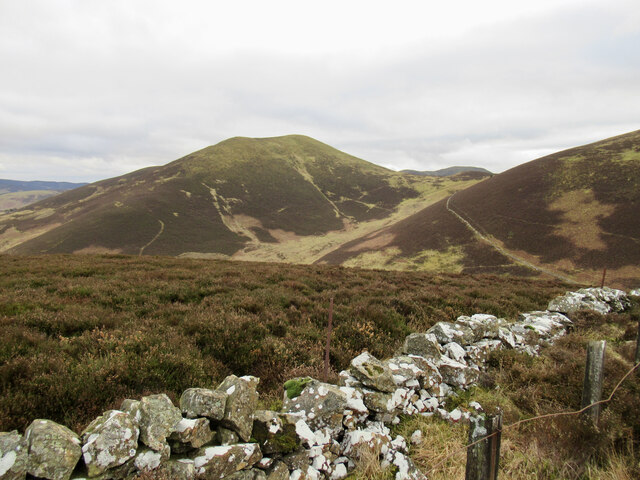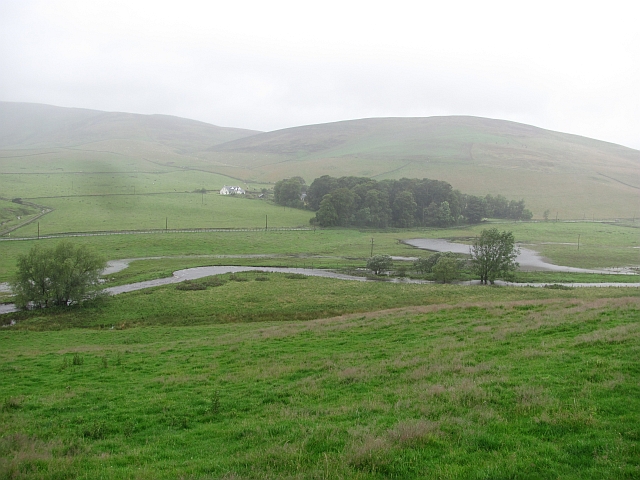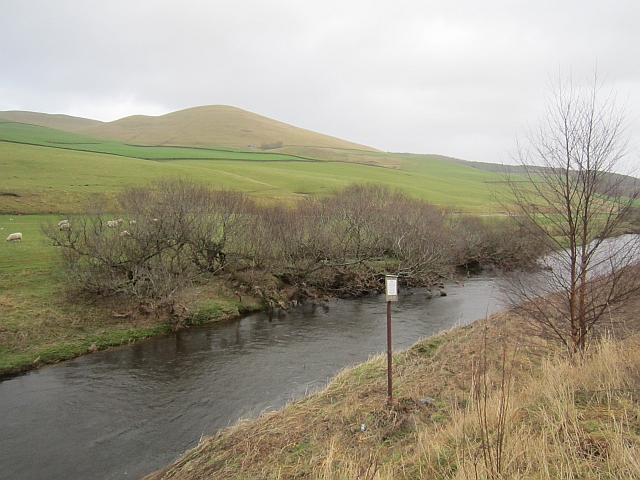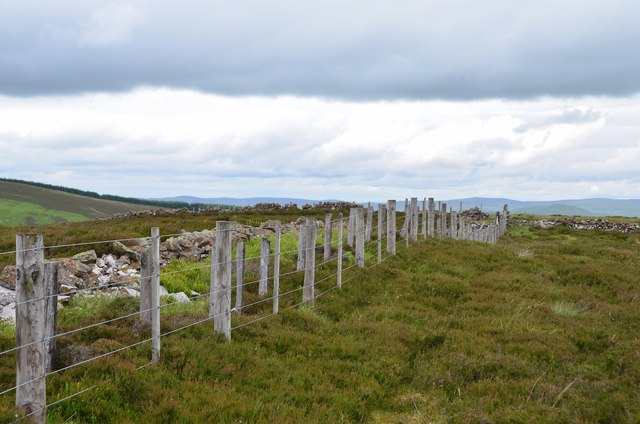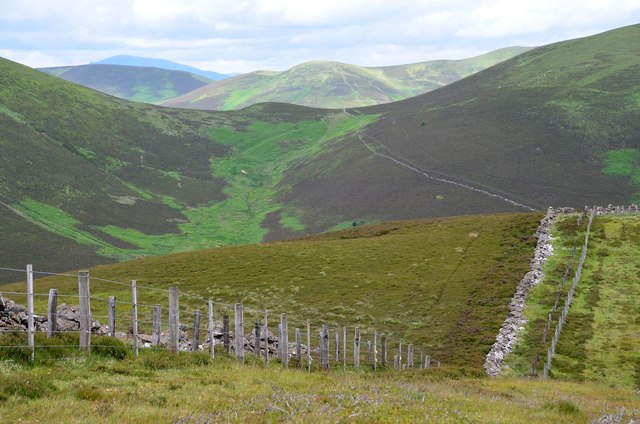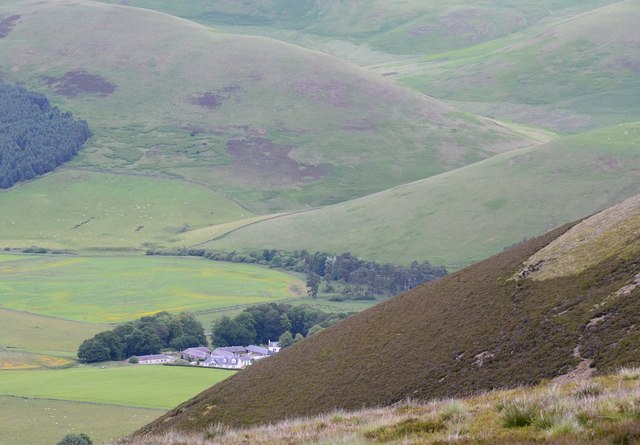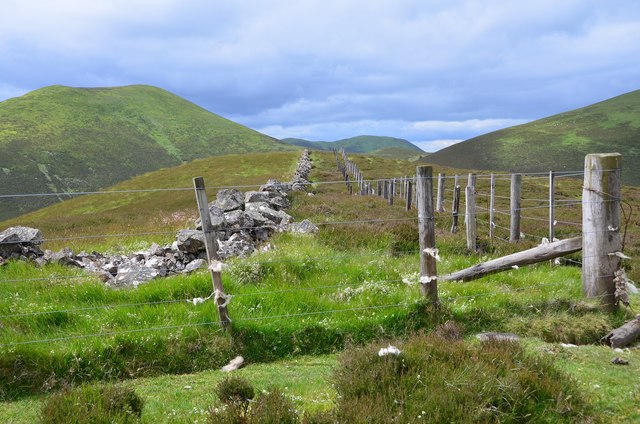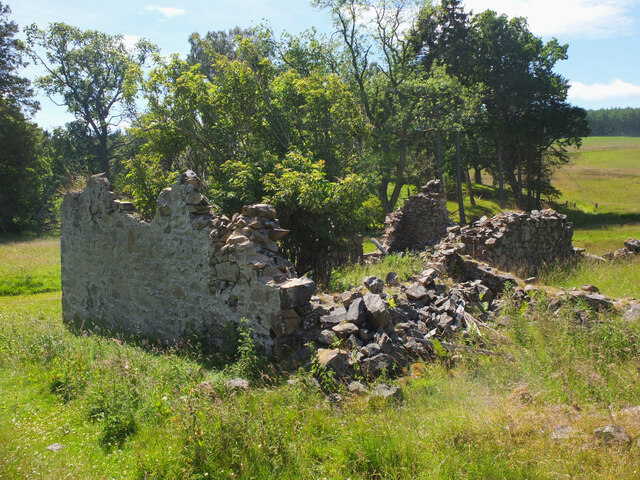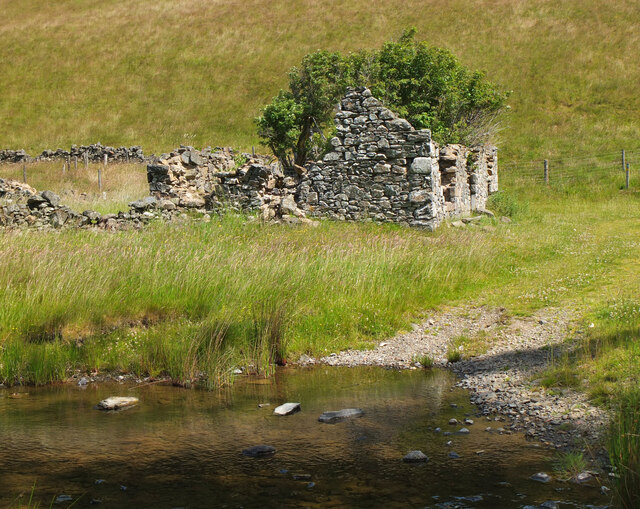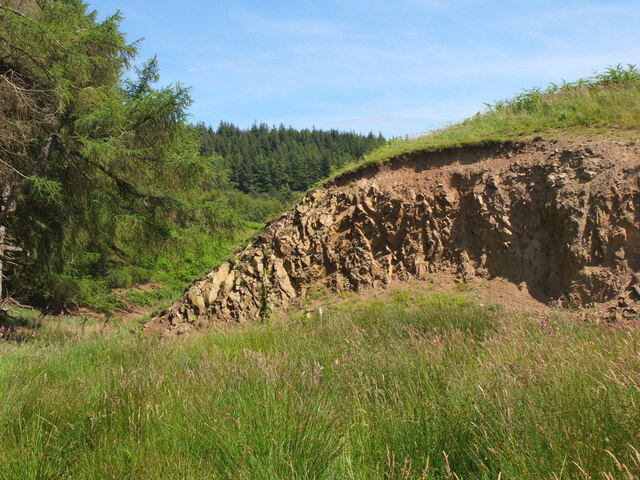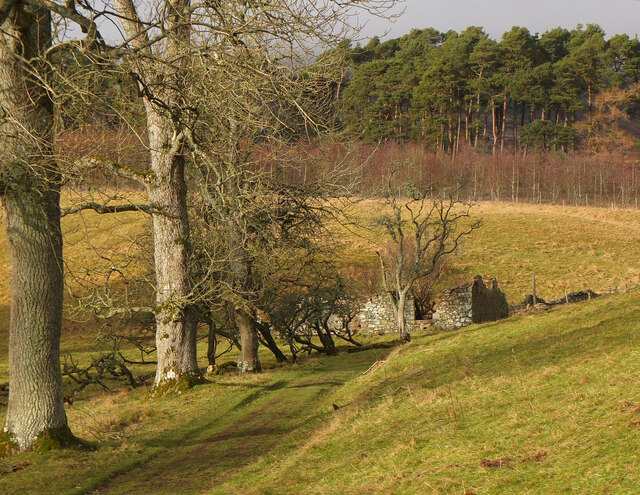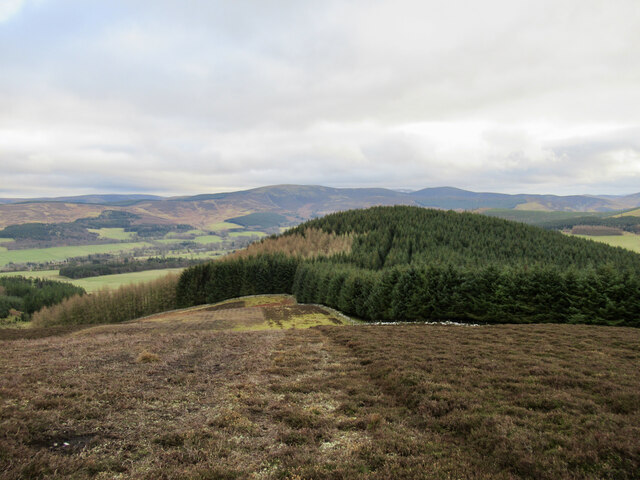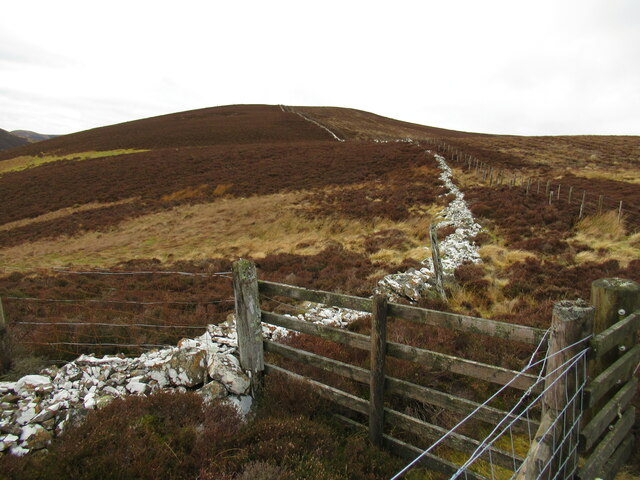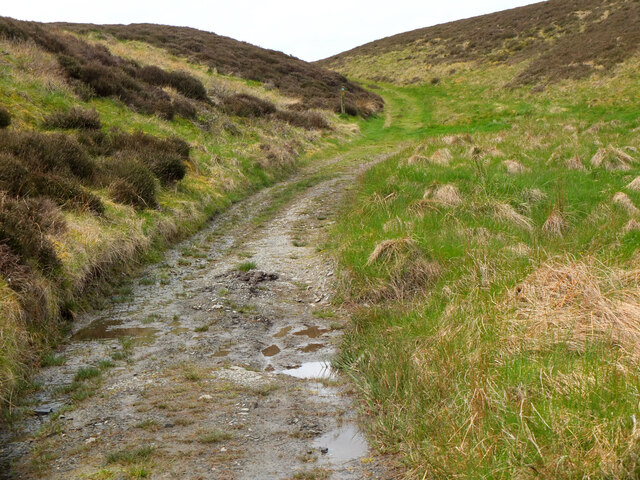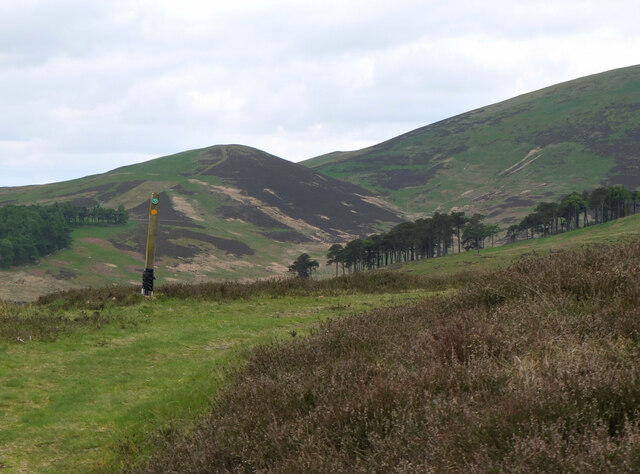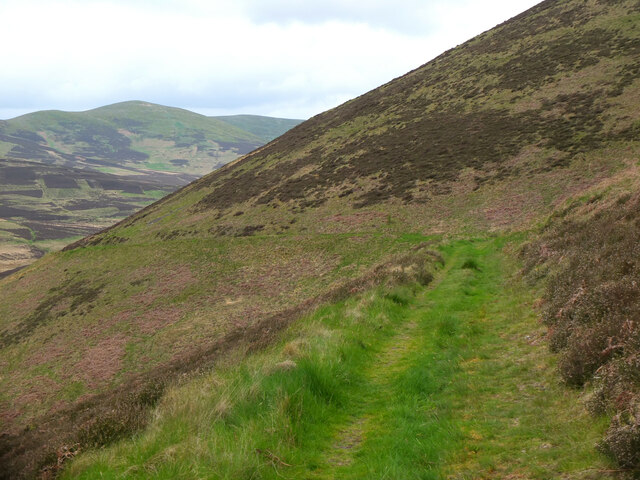Black Hill
Hill, Mountain in Peeblesshire
Scotland
Black Hill
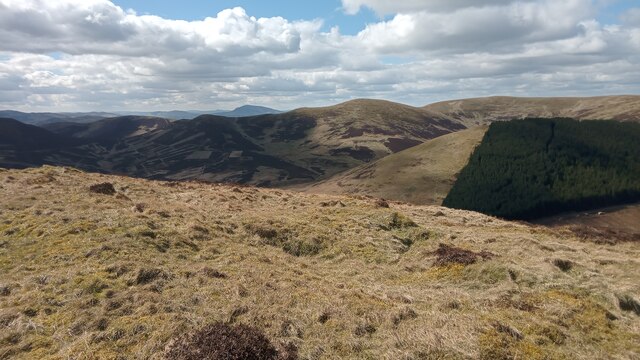
Black Hill is a prominent hill located in Peeblesshire, Scotland. Standing at an elevation of 684 meters (2,244 feet), it is part of the larger Moorfoot Hills range, which is renowned for its picturesque landscapes and outdoor recreational opportunities. Black Hill is situated around 17 kilometers (10.5 miles) south of the town of Peebles and is easily accessible for hikers and nature enthusiasts.
The hill is characterized by its distinctive dark appearance, which is the result of its heather-covered slopes. Its summit offers breathtaking panoramic views of the surrounding countryside, including the rolling hills, lush green valleys, and nearby reservoirs. On clear days, it is even possible to see the iconic Edinburgh skyline in the distance.
The ascent to the top of Black Hill is a popular choice among outdoor enthusiasts, as it provides a challenging yet rewarding hike. The route begins at a car park located near the village of Romanno Bridge, and from there, hikers can follow well-marked paths that lead up the hill. The trail meanders through moorland and heather, offering glimpses of wildlife such as red grouse and mountain hares.
Reaching the summit of Black Hill takes approximately two to three hours, depending on one's pace and level of fitness. Once at the top, visitors are rewarded with breathtaking views that make the effort worthwhile. The hill's proximity to Peebles and other nearby towns makes it a popular destination for day trips and outdoor adventures. Whether it's hiking, nature photography, or simply taking in the beauty of the Scottish countryside, Black Hill offers a memorable experience for all who visit.
If you have any feedback on the listing, please let us know in the comments section below.
Black Hill Images
Images are sourced within 2km of 55.647999/-3.3328132 or Grid Reference NT1640. Thanks to Geograph Open Source API. All images are credited.

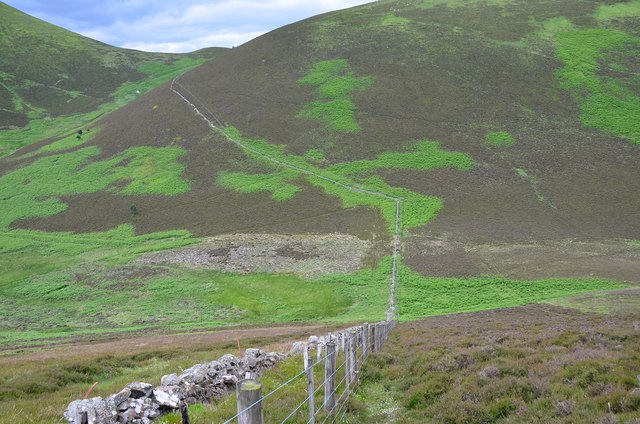
Black Hill is located at Grid Ref: NT1640 (Lat: 55.647999, Lng: -3.3328132)
Unitary Authority: The Scottish Borders
Police Authority: The Lothians and Scottish Borders
What 3 Words
///connects.shun.simulates. Near Peebles, Scottish Borders
Nearby Locations
Related Wikis
Battle of Happrew
The Battle of Happrew was a skirmish which took place around 20 February 1304, during the First War of Scottish Independence. A chevauchée of English knights...
Tarth Water
The Tarth Water is a river in Peebleshire, in the Scottish Borders. It forms part of the River Tweed system. The river with a total length of 7.1 miles...
Lyne Kirk
Lyne Kirk is an ancient and historic kirk or church, of the Church of Scotland. It is situated on top of a mound adjacent to the A72 trunk route 4.5 miles...
Stobo Kirk
Stobo Kirk is an ancient church of the Church of Scotland. It is dedicated to St Mungo and is situated near the B712 off the A72 just 6 miles south-west...
Nearby Amenities
Located within 500m of 55.647999,-3.3328132Have you been to Black Hill?
Leave your review of Black Hill below (or comments, questions and feedback).
